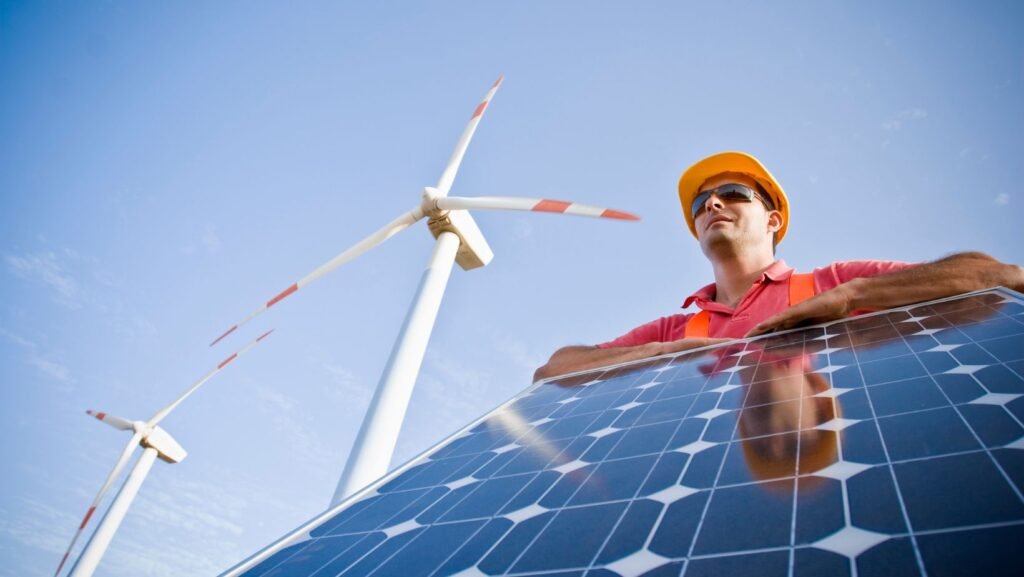We live in a world that is beset with significant challenges that have the potential to cause dramatic changes to our world as we know it. Climate change, overpopulation, pollution, and global warming are key issues of the 21st century that require a unified and concerted global response if they are to be solved. Thankfully, there have been significant technological improvements over the last few decades that are opening the door to a brighter future.
Technology today is progressing at a rapid rate, and the fruits of technological research and development are beginning to be seen in new products, equipment, and services that can have a direct and positive effect on the environment. In this article, three of the ways in which technology is helping to improve the environment will be discussed in detail.
For Large-Scale Recycling
Recycling on a global scale is increasing year on year. Today, it is estimated that 75% of all waste in the US can be effectively recycled.
Decades ago, the proportion of recycled materials in the world was close to zero, but today it is widespread practice for households to put their waste products out for recycling by local authorities. Some countries are leading the way in recycling efficiency, most notably Germany, which now recycles 66.1% of its waste products, which makes it of the most efficient countries for recycling.
The simple fact is that without suitable technology, large-scale recycling would not be economically viable as it would be far too labor-intensive and time-consuming.
“Technology today is progressing at a rapid rate, and the fruits of technological research and development are beginning to be seen in new products, equipment, and services that can have a direct and positive effect on the environment.”
Thankfully, the recycling industry benefits from machinery and equipment that makes the process of sorting, compacting, storing, and transporting recycled materials exceptionally efficient.
For example, the balers used in recycling plants that are provided by firms such as recyclingbalers.com are designed to process enormous amounts of materials such as paper, plastic, and glass. This can be achieved far quicker and more efficiently at scale than a large workforce could do in the same amount of time. As a result, this technology helps to make recycling a potentially lucrative business which encourages the growth of the recycling industry.
Cleaner Energy Production
Improvements in technology have led to corresponding improvements in energy production in recent history. Renewable energy from sources such as solar, wind, and wave power is growing in their contribution to our overall energy production, and by 2026, global estimates suggest that 60% more power will come from these sources than in 2020.

This is due to the efficiency improvements in renewable tech such as photovoltaic cells and wind turbines. In addition to improvements in renewable energy sources, it is important to remember that conventional sources of energy production have become cleaner and greener.
“Today, chemical technology has allowed the creation of fertilizers, pesticides, and herbicides that are significantly less toxic to the environment whilst still allowing land to be intensively farmed.”
Coal production may have increased by 75% since 1975, but the noxious by-products of using it as a fuel have reduced dramatically with technological improvements in plant design, allowing 85% fewer pollutants such as nitrogen dioxide and sulfur dioxide to be released into the atmosphere upon combustion.
Food Production
Whilst it is recognized that we still need to reduce our reliance on the consumption of meat products to improve the environment, food production and farming techniques have become far more sophisticated and environmentally friendly.

Today, chemical technology has allowed the creation of fertilizers, pesticides, and herbicides that are significantly less toxic to the environment whilst still allowing land to be intensively farmed.
As such, we are beginning to enter an age of truly sustainable farming. In addition, the initially controversial practice of genetically modifying crops has been shown to produce higher yields of better-quality fruits, vegetables, and staple foods. Higher yields on similar-sized fields mean that less land needs to be allocated to farming and more space is available for the natural environment and habitats for wildlife.













































































































